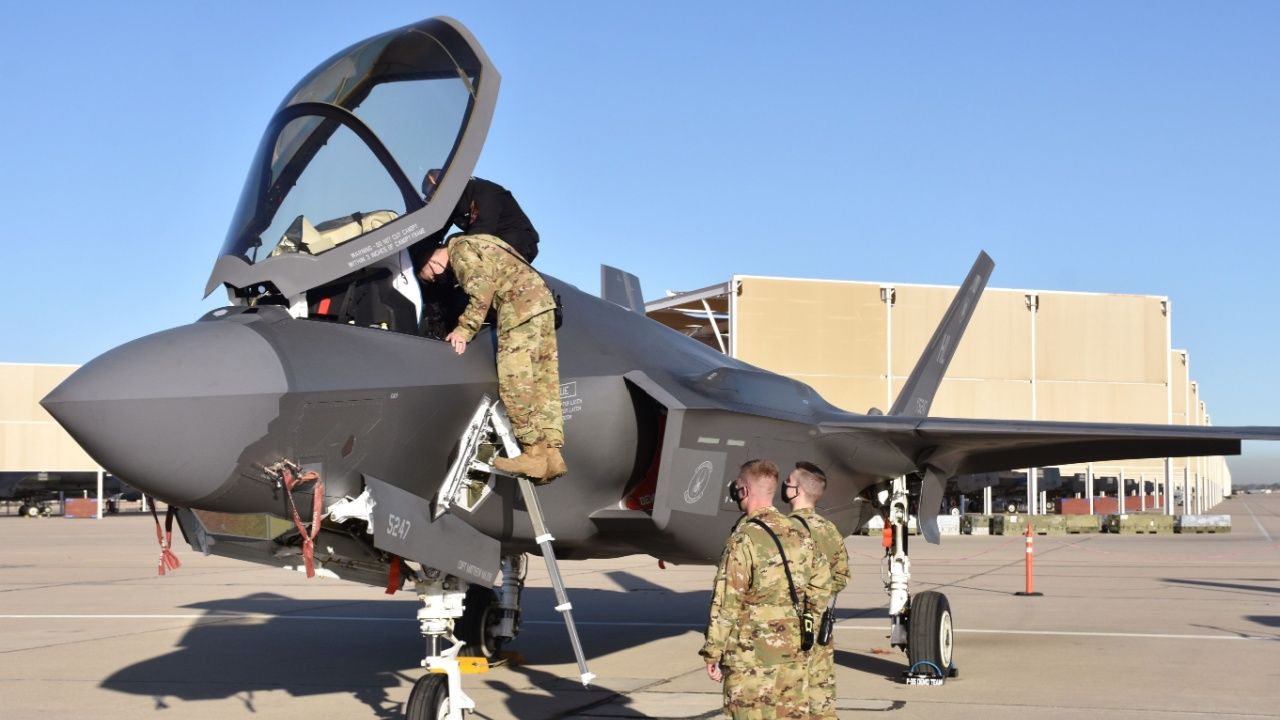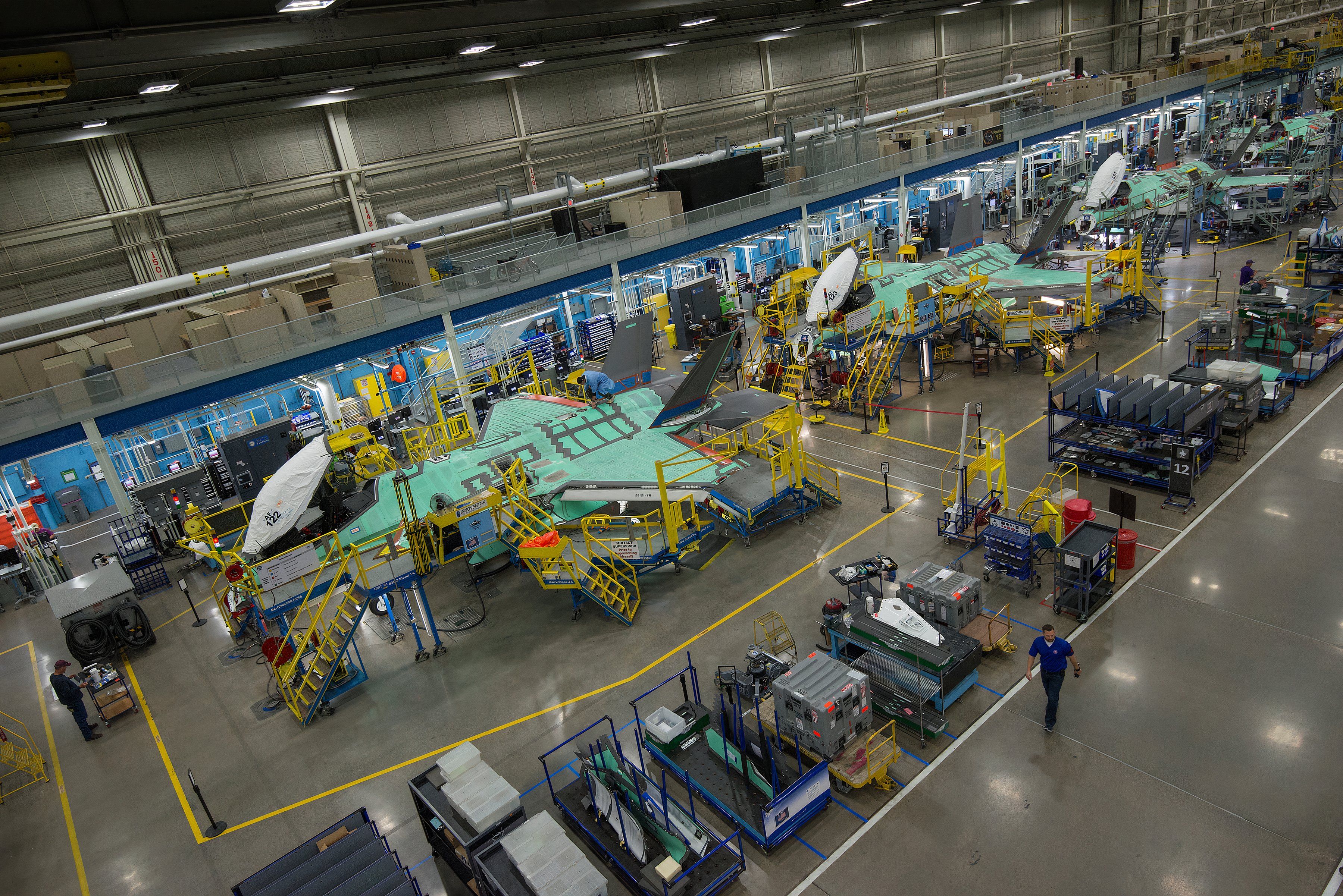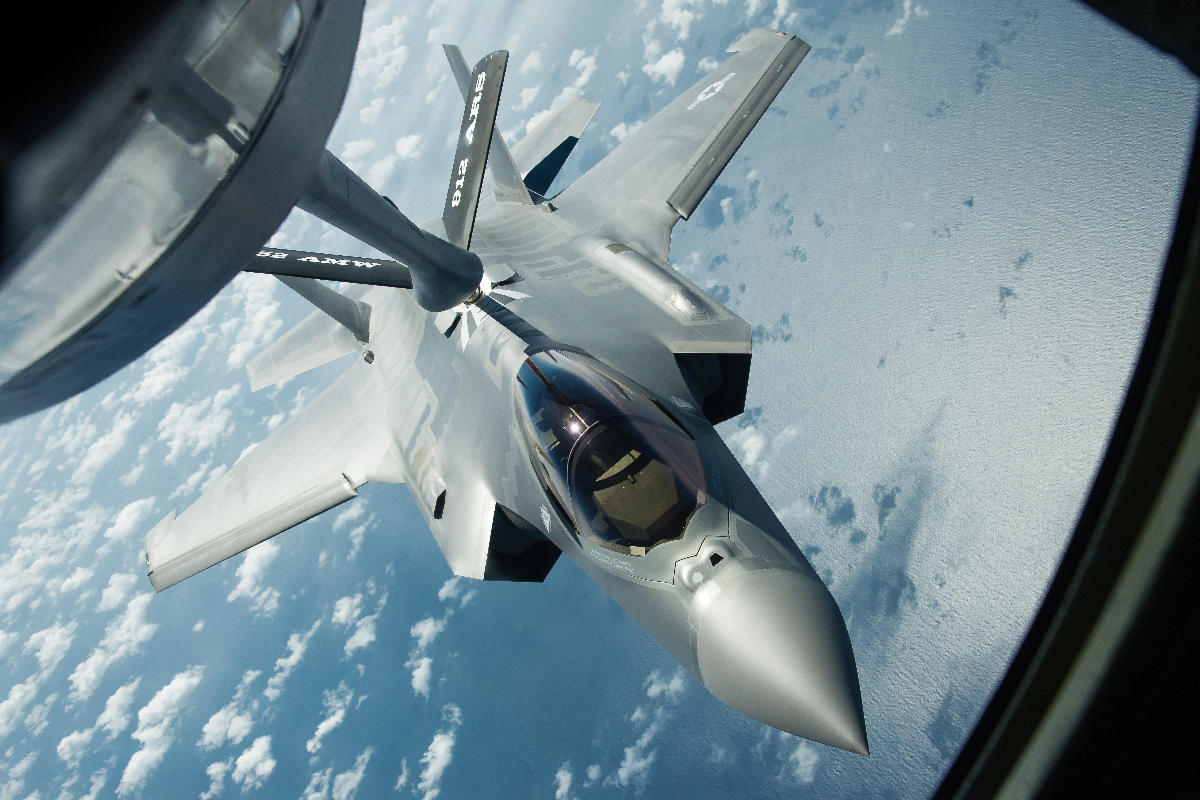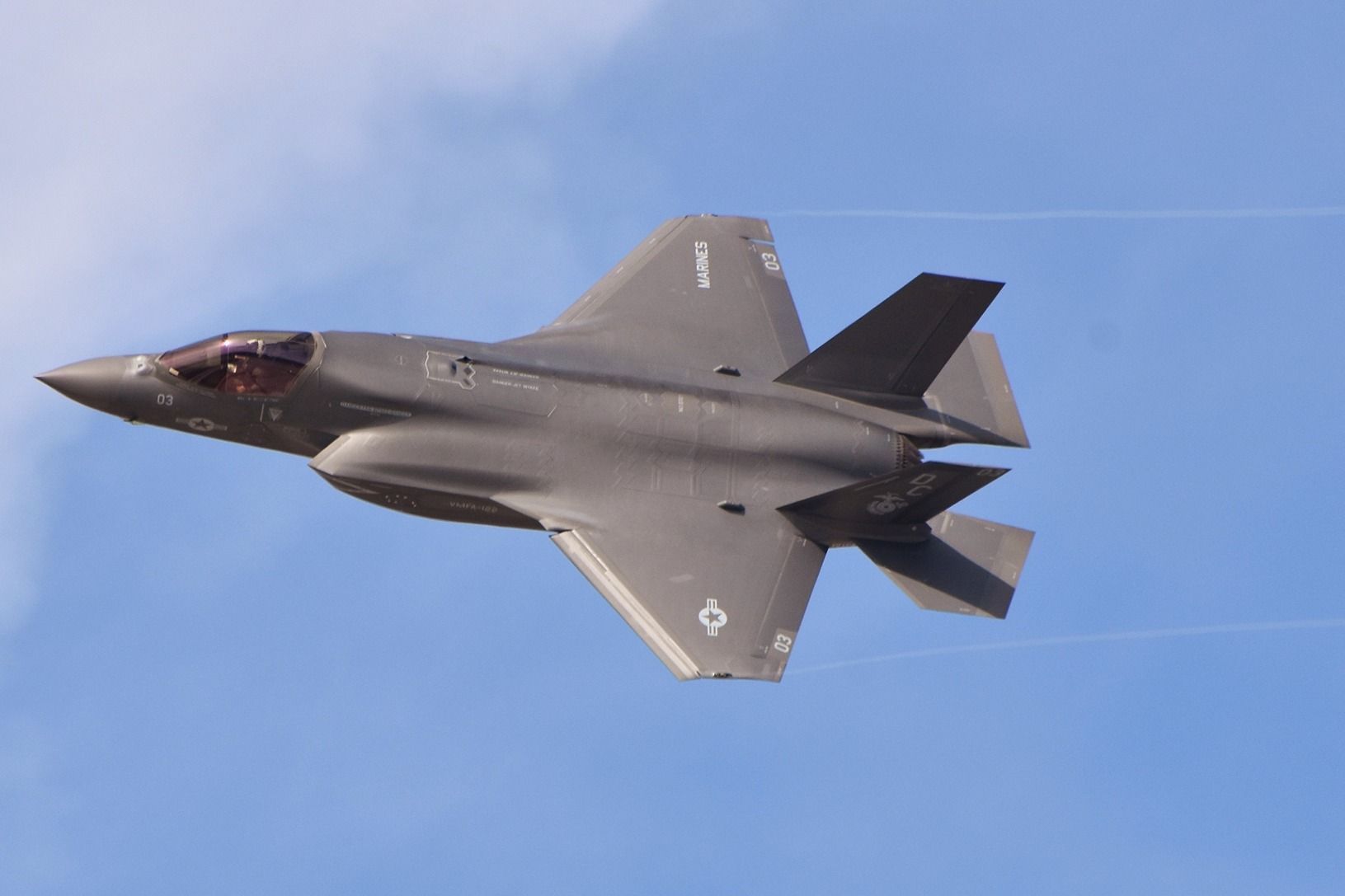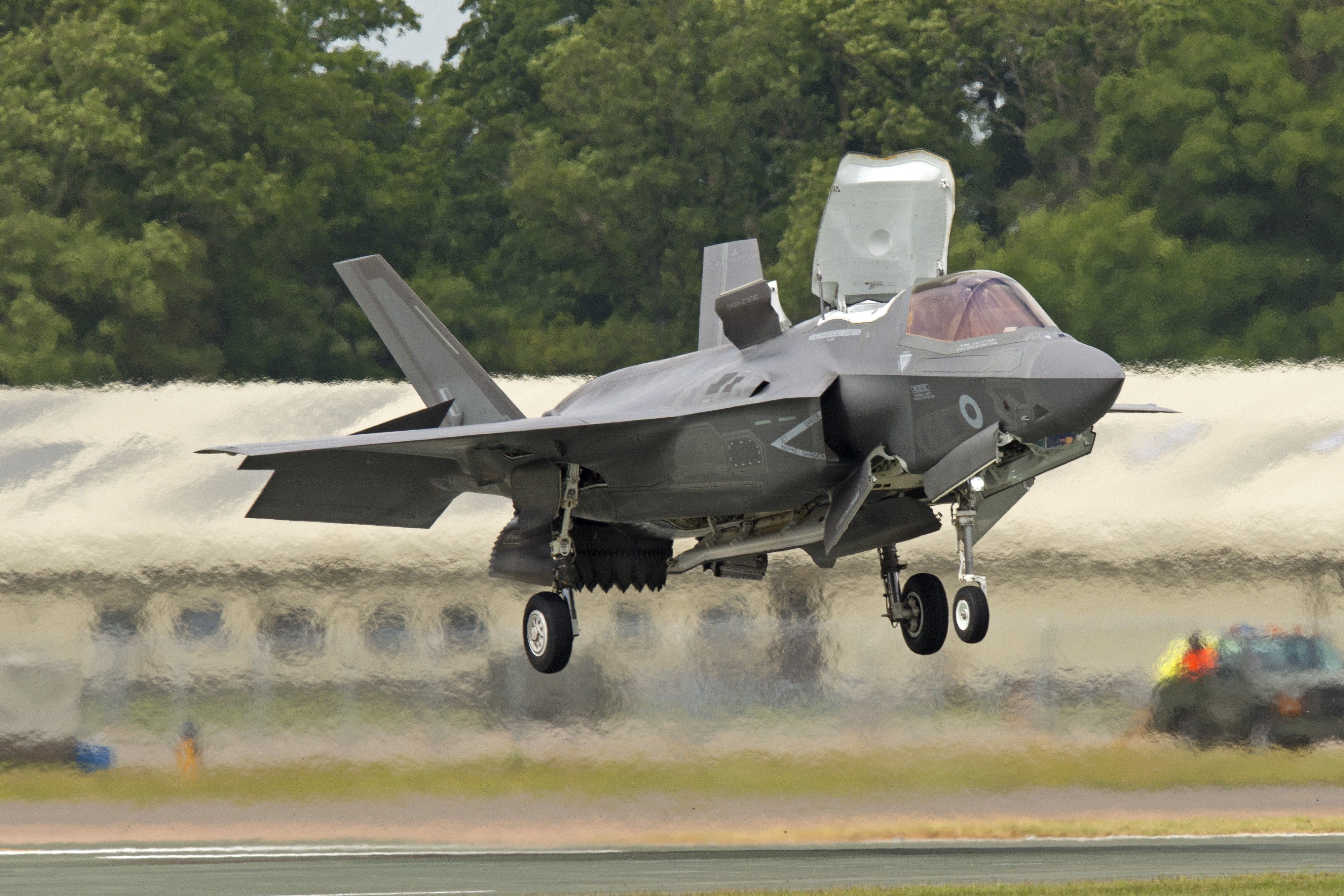Summary
- F-35 program faces production delays
- Program plagued by tardy engine deliveries
- TR-3 delays cause over 100 parked jets
A new US Government Accountability Office (GAO) report shed some light on the high-profile F-35 Lightning II Joint Strike Fighter program. The F-35 is now in full-rate production (since March 2024), but there are still plenty of delays and wrinkles in the production of the world’s most popular 5th-generation fighter jet. As the aircraft are procured and produced over time, they are modernized (the ones being built now are Block 4).
However, delays in the program (specifically the Technology Refresh 3 upgrade) have caused over 100 F-35s to be parked at Lockheed Martin’s facilities. These delays are expected to work themselves out in a year or so. However, they come on the back of a seemingly endless string of delays to the F-35 program and have been the cause of much frustration in the Pentagon.
F-35 production hit with delays
The GAO report states that in calendar year 2023, 100% of the aircraft’s Pratt & Whitney engines were delivered late, while 91% of the Lockheed Martin aircraft (without engines) were late.
The GOA report highlights some deficiencies in the production of the jets—especially the engines. “...the F-35’s contractors continue to deliver the engines and aircraft late—a trend that worsened in the last few years.” The report also notes that some of the problems with late deliveries are manufacturing issues and part shortages. It also noted that “the program and contractors are mitigating these issues.”
The report states that hardware and software delays are associated with Technology Refresh 3 (TR-3). TR-3 is a suite of hardware and software upgrades crucial to the Block 4 modernization effort (and costs $1.8 billion). Perhaps it is unsurprising that progressive upgrades and modernization to the aircraft have ripple effects and delays.
“TR-3 delays slow the program’s ability to develop and test Block 4 capabilities. Because the program has prioritized the TR-3 effort, TR-3 is taking up the bulk of the current testing capacity in the software laboratories and flight testing. This means that the program is using fewer test resources to mature Block 4 capability development, which, in turn, creates risk of delaying further Block 4 capability development and testing.” – GAO Report
The TR-3 delays are cited as another factor driving delays and hindering the “program’s progress in completing the Block 4 modernization.” As with other delay issues, the report does acknowledge that these issues are being worked out. Defense One says “Specifically, the TR-3 software has had trouble supporting the F-35’s radar and electronic warfare systems.”
In 2023, Bloomberg reported that the government is withholding $7 million in payments on each undelivered TR-3-enabled fighter jet.
Photo: USAF
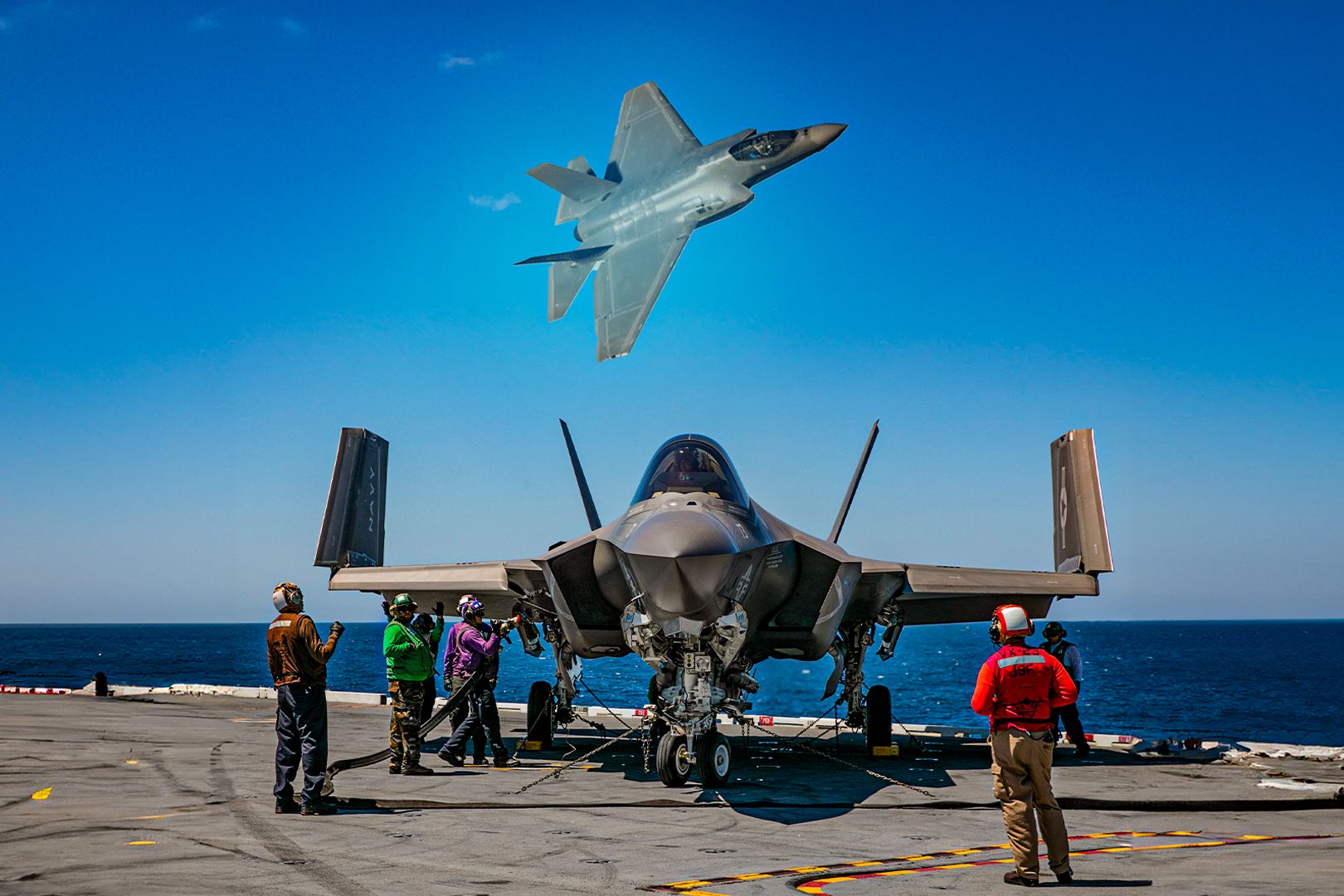
Related
Which Aircraft Carriers Are Certified To Operate The Navy’s F-35C Fighters?
Perhaps four carriers have been modified to operate F-35C leaving seven more to be modified or to be retired without modifications.
Running out of space to park F-35s
There are also issues with the aircraft that have been produced. According to Defense One, the Pentagon has refused the delivery of so many F-35s that Lockheed Martin is struggling to find places to park them. The refusal to accept the jets started last July and is due to issues with Technology Refresh-3. These aircraft will not be accepted until the “TR-3 hardware and software are installed and stable.”
Defense One quoted Rep. Rob Wittman, R-Va. (the chairman of the House Armed Services Tactical Air and Land Forces subcommittee) saying the number of jets accumulating and sitting around Lockheed’s plant is “grossly delinquent.” According to him, there are at least over 100 aircraft “stacked up on the tarmac.”
The GAO report states that the TR-3 hardware kits and new software will not be available for these aircraft until June 2024 at the earliest. Many of these aircraft are likely to remain parked for months more (once TR-3 is ready, it will take around a year to clear all these jets). For its part, the GAO report did not specify how many aircraft are parked, saying, “DOD deemed reporting the specific quantity of aircraft to be unsuitable for public release.” It also noted that Lockheed Martin is expected to exceed its maximum parking.
Photo: Michael Fitzsimmons | Shutterstock
Lockheed officials have stated the company has all the infrastructure and capacity to hold the aircraft while they are in limbo. Lockheed stated, “Specific details about parking will not be shared due to security considerations,” according to reporting by Defense One.
These parked aircraft include all TR-3-enabled F-35s. The temporarily stored F-35s do not include the F-35s that Turkey had purchased just before it was kicked out of the F-35 program by the United States after it purchased the Russian S-400 air defense system. According to Janes, those jets were “...subsequently subsumed into the US Air Force (USAF).”
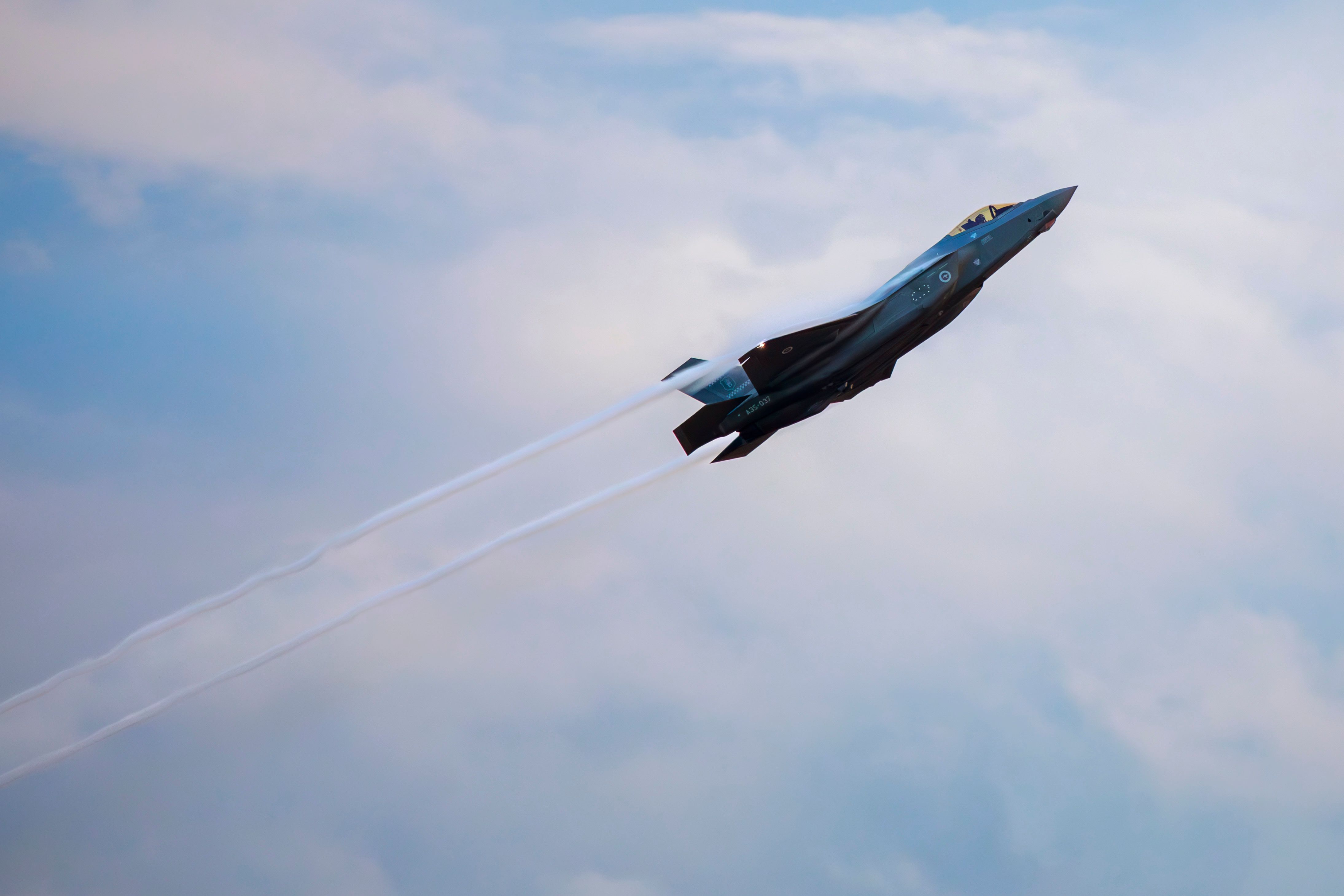
Related
We Asked The Australian Air Force How The F-35 Lightning II Is Performing
U.S.-owned F-35s are notorious for their reliability issues. Yet the Royal Australian Air Force (RAAF) F-35s are performing just fine, thanks.
A $2 trillion program
The GEO report states that the estimated cost of the 2,470 planned F-35 aircraft expected to be purchased by the Army, Navy, and Marines will exceed $2 trillion by 2088. It might be hard to imagine, but the procurement cost of the F-35 has declined as production has ramped up. Air and Space Forces Magazine reported that the cost per tail has improved by 34% between 2014 and 2022.
Photo: Peter R Foster IDMA I Shutterstock
So far, almost 1,000 (990) F-35s have been delivered to the US military and exported to air forces around the world. Still, the program is over a decade delayed and has cost $209 billion more than originally planned.
F-35s are now forming the fighter jet backbone of many US-friendly air forces and are the world’s most formidable multi-role fighter. Now that Norway, the Netherlands, Denmark, and Belgium have received their F-35s, they have been able to divest their old F-16s and donate some of them to Ukraine.

